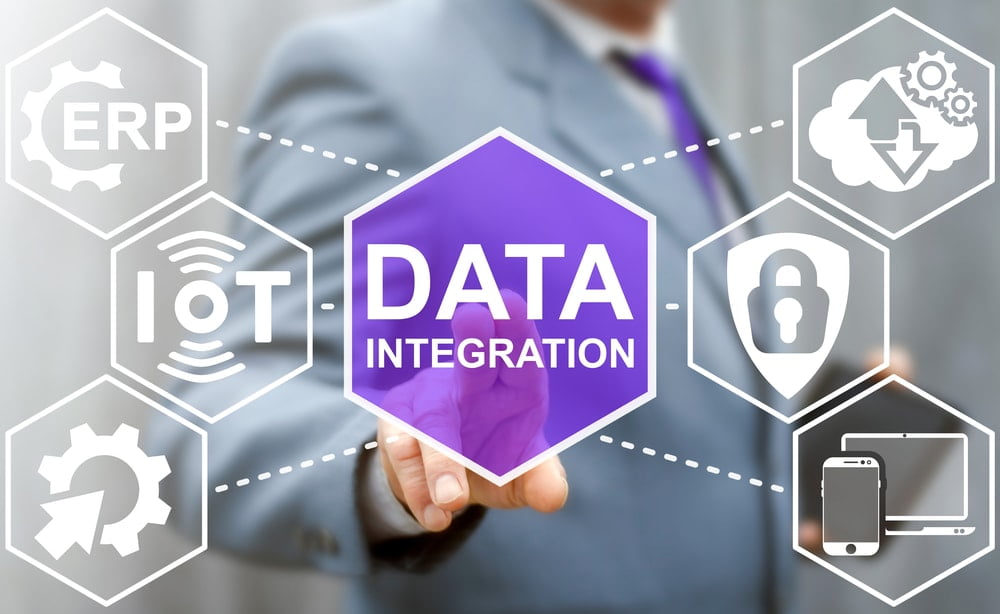

With the advent and expansion of the Internet and its allied digital technologies, enterprises quickly found themselves in a position where they are able to grow and nurture their global reach to become truly international businesses.
At the heart of this transformation is big data—data sets of tremendous sizes which businesses today generate every single day. In fact 9 in 10 of the data ever produced throughout the history of humankind were generated in just the last decade.
As to be expected, legacy computing technologies andanalysis tools can’t handle this deluge of data, but next-generation computing services that use humanlike cognitive techniques and real-time replication and analytics provide alternative architectural and analysis approaches that make cutting through big data and gaining insights from them a piece of cake.
For many enterprises today, the goal is to accelerate data movement in order for them to be able to revolutionize the way they do business. Organizations and businesses with a global reach, in particular, need to keep data moving and in sync as they adopt new technologies for storing, streaming, and analyzing data.
Aviation and Travel
The aviation and travel industryhandles large amounts of data every day. These include structured and unstructured data from flight reservations, flight upgrades, hotel bookings, baggage check-ins, social data, email data,customer service information, and so on. That airline and travel companies are awashin data has always been the case, but it was only recently when they were able to use big data analysis and data integration techniques to solve many of their existing problems and to improve their customer service.
Lately, airline companies have also begun using more and more sensor data—such as those that come from intelligent sensors in airplane engines—in order to make flights safer and to make regular upkeep more efficient. These sensors, which can measure various elements like airflow, temperature, and turbine spin rates, can generate millions of pieces of data, which can then be analyzed and mined for critical insights that would help in the proper maintenance of aircrafts.
Shipping and Port Operations
Because as much as 80 percent of global trade travels by sea, it is also to be expected that this amount of ocean traffic will generate colossal amounts of data as well. Sources can come from weather and tidal forecasts, shipping schedule information, real-time commodities and merchandise goods tracking data, and many more. All of these different data can be utilized and analyzed by port and shipping authorities to drive operational efficiency, prevent accidents, and minimize delays that can upset supply chains.
Manufacturing
For many global manufacturing businesses, harmonious workflows throughout all of their production processes are crucial for sustainable success. Today’s manufacturers are able to take advantage of a modern digital technologies to enable global collaboration, to improve productivity, to better utilize resources and assets, and to make better business decisions in general. Manufacturers can integrate and consolidate the large amounts of data they produce in order to meet customer demands and expectations, fine-tune production, and eliminate resource wastage and inventory overruns.
Banking
Banking is another global industry that is benefitting from cognitive data analysis and data integration technologies. One of the key areas of banking that drive real-time data analysis is compliance, since banks and other financial institutions are bound by state and local laws to comply with legislations and regulations that aim to protect customers and the economies of host countries.
Moreover, more and more banks are utilizing real-time analysis and cognitive computing to gather intelligence regarding the types of services that customers use and patronize across the organization. This way, financial institutions are able to offer more personalized customer service, as well as products that better address the needs of customers.
Retail
Thanks to modern data integration technologies, global retailers are also able to optimize their supply chains to make sure that they run like clockwork and that they never run out of stock. Data sets streamed from stores, factories, warehouses, and all other assets are analyzed to ensure that all brick-and-mortar stores and e-commerce channels are filled to capacity with commodities and merchandise goods.
Furthermore, data-driven and personalized customer experiences are all the rage these days in the world of retail as well. By leveraging analytics and gaining insights from data sources like website engagement and social media activity, retailers are able to offer more customized consumer experiences both online and in-store.
As the amount of data generated by industries grow day by day, businesses are presented with an opportunity to revolutionize their business, allowing them to offer better products and customer service while also improving their bottom line. As such, these enterprises should make sure that they don’t fail to take advantage of vital data integration and analytics technologies that can sift through all these data for powerful insights.

